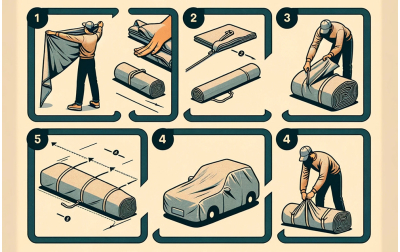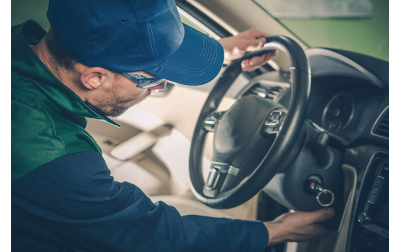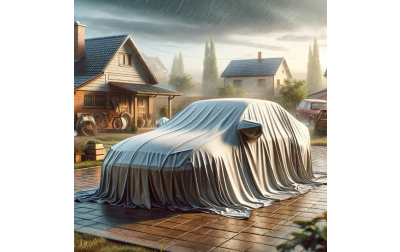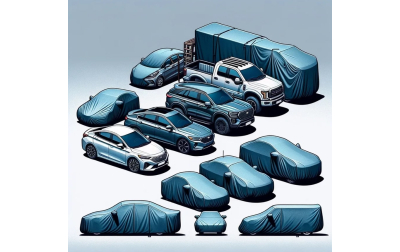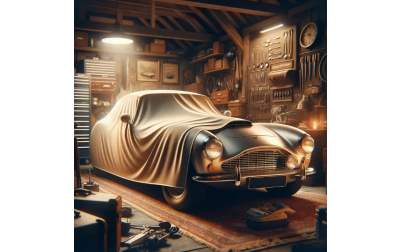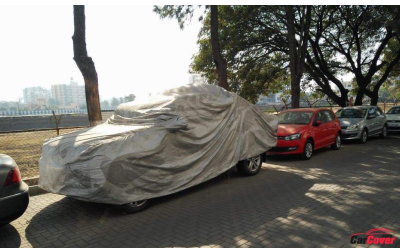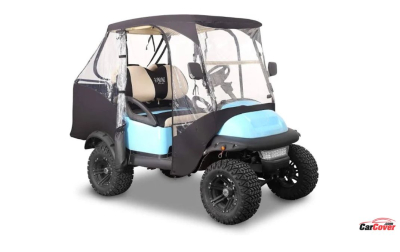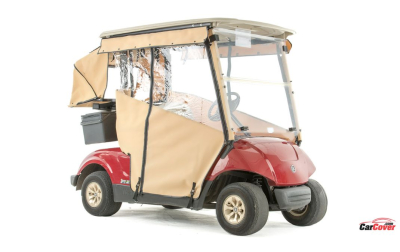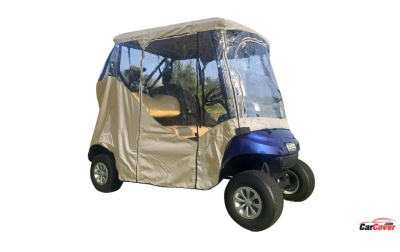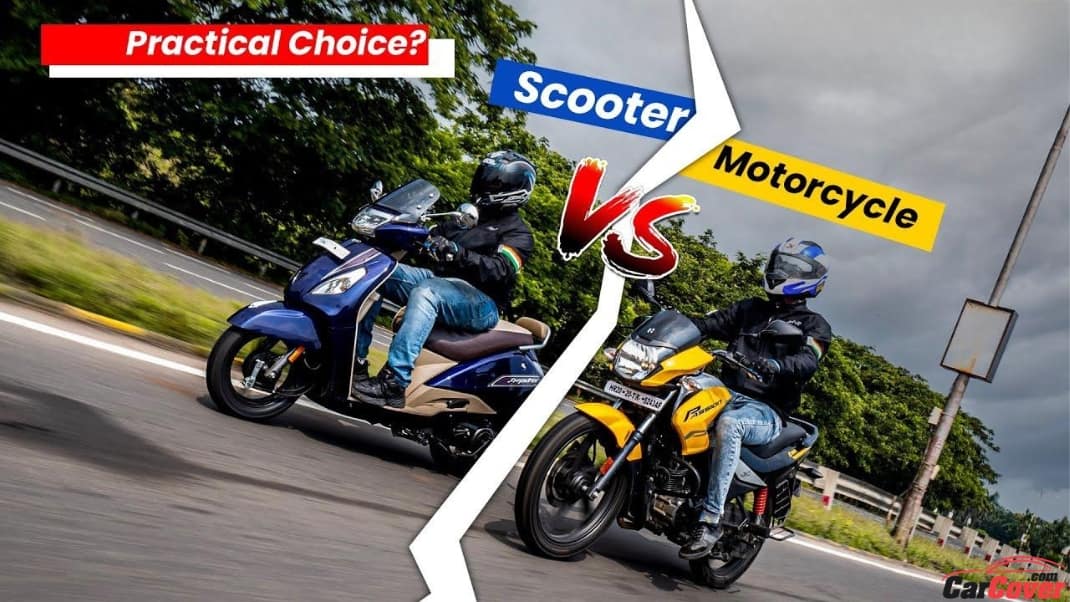
Motorcycle v. Scooter?
Have you ever wondered about the various advantages of owning a motorcycle versus owning a motor scooter? There’s some good advice for you, too, here - if you’d like to check out some information about the relative economic impacts, social advantages and other significant differences between motorcycles and scooters for urban commuters. Scooters and cycles are often seen as diametrically opposed, but they have similarities as well as differences.
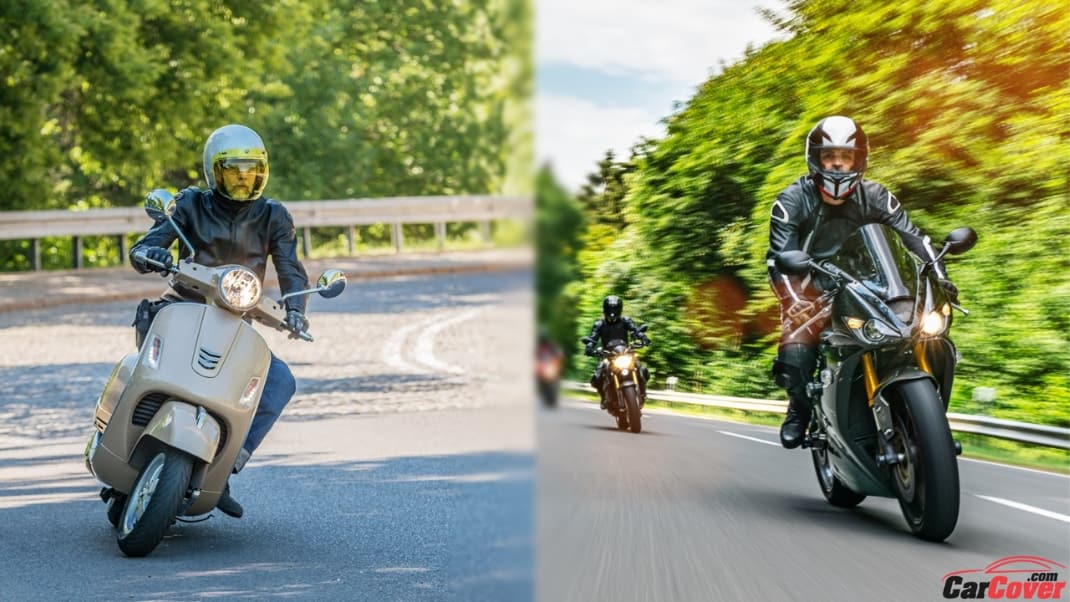

The Key Similarities
It seems that there are quite a few, as well as a number of similarities. The similarities that struck me immediately were their disadvantages - you were stuck out in the elements, at the whim of the gods of weather. Was I willing to take that risk? Fortunately, my city had few days of awful weather, and for the days when the forecast was truly awful, I could still rely on the buses if I chose not to ride scooter or cycle.
Secondly, both scooter and cycle seemed to be less safe than the bus. Helmet notwithstanding, a rider seemed rather unprotected in city traffic among autos, pick-ups, and (gulp) semi-trucks. But there was Ann Green, 125-pounds if she was an ounce, having survived years of scooter-riding - could I not master this as well? Certainly, I could! Far be it from me to admit that I was a bit timid in the face of city traffic!
See also 8 Benefits of Using a Motorcycle Cover Should You Know
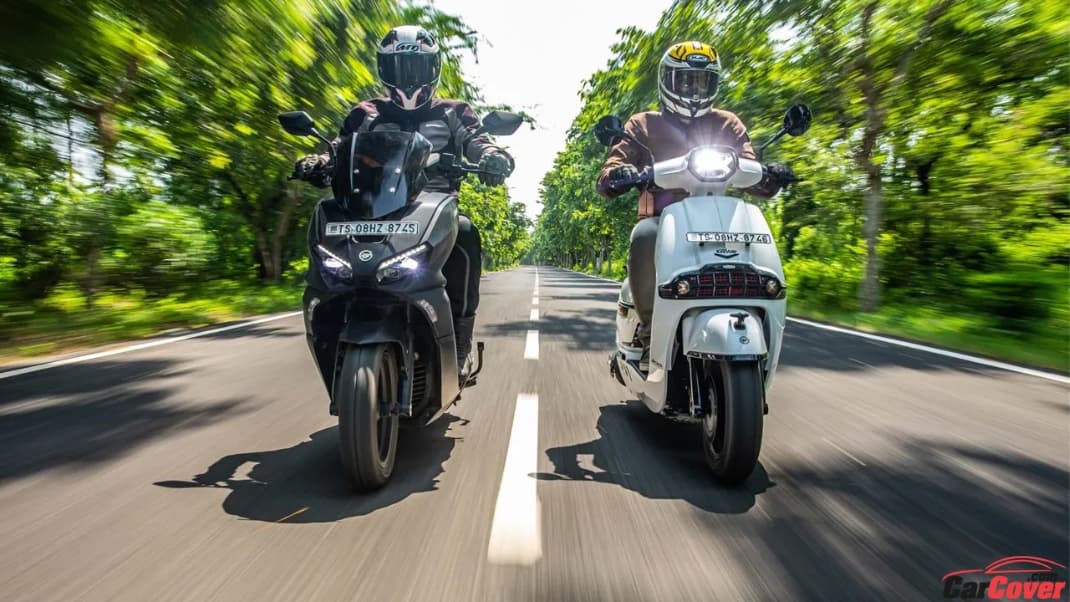

The Major Difference
Driving
Scooters have automatic transmissions, making them almost universally easier to ride. Motorcycles have manual transmission, with shifters mounted on handlebars. Mastering the transmission is more or less complicated depending on the make and model of the individual bike, and this may not be an easily transferable skill from one bike to another. This may or may not be perceived as disadvantageous; many motorcyclists enjoy shifting their bikes, seeing it as part of the process of controlling the bike.
However, if the goal is just getting around in traffic, it may be less fun to be always down-shifting, etc. Depends. Do you want a ride or an exercise in manual dexterity? For many people (and, no it’s not just a “guy” thing), it’s a pleasant, daily activity “to ride the bike.” And, no, no black leather jackets are required, but many riders do prefer to wear more protective clothing than just a T-shirt.
Related to A Motorcycle Cover Buyer's Guide
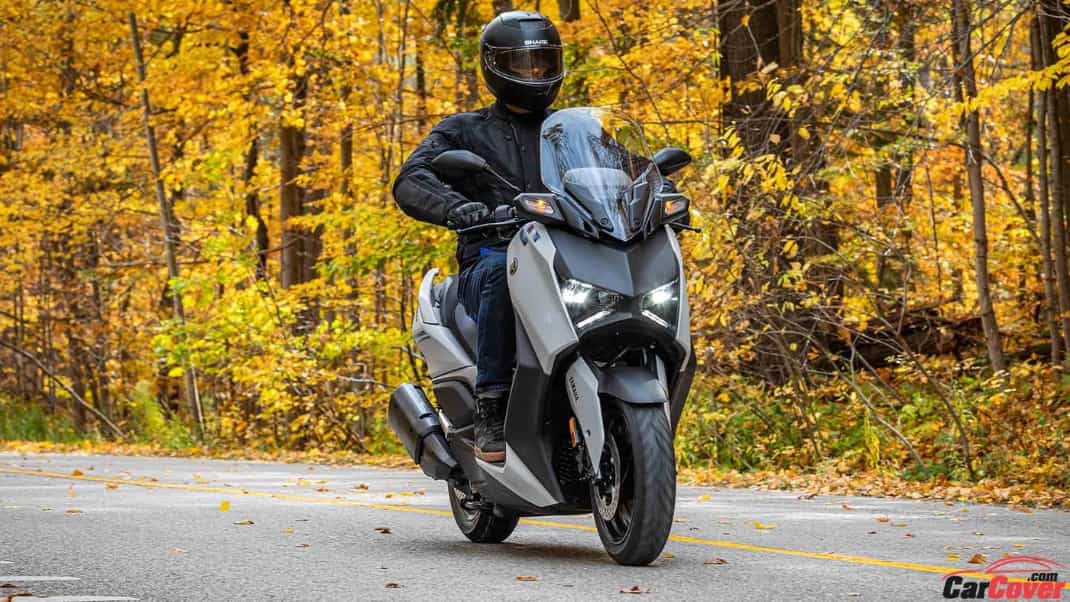

Posture
Then there is the posture thing. On a scooter, you generally are seated upright. To get on a scooter, you step across the center board, sit down on the seat, grab the handle bars, look straight ahead, and prepare to go. On a motorcycle, you must begin by flinging your leg over the bike to straddle the bike. Rarely do you sit upright. Most of the time, you are leaning forward into the bike.
While we do call motorcycles “bikes,” it’s not quite like riding your old two-wheeler, at least not the one I rode to grade school. While neither posture is necessarily perfect, one should consider which one prefers. This will take more than one test ride, perhaps of more than one model of each type of vehicle. And do remember that shifting of motorcycles can be tricky from one model to another.
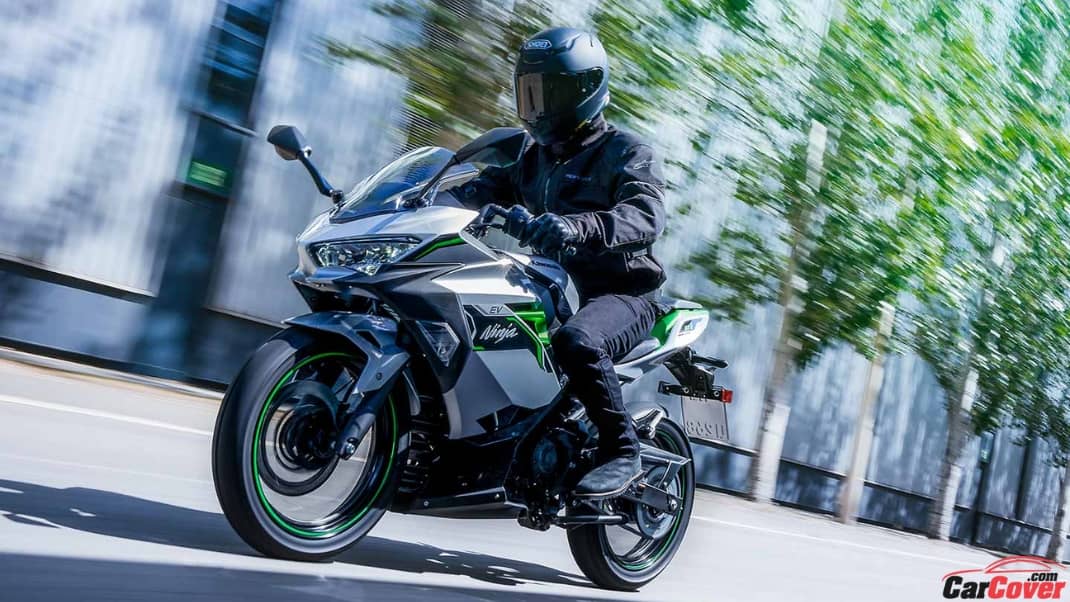

Licence and insurance
Depending on where you plan to use your machine, you will find different licensing requirements as well as differing insurance requirements. The good news is that in every case both licensing and insurance are very much less expensive than they are for automobiles. Licenses do require road tests; these vary from state to state; check your state’s web site for details and localities of test sites. Ask local owners for their stories about how it’s done. In most states, if you have auto insurance, a rider can be added to your policy for scooters/cycles for a few dollars unless your new vehicle is a vintage or otherwise weird one.
As may you like Top 10 Fastest Motorcycles In The World Today
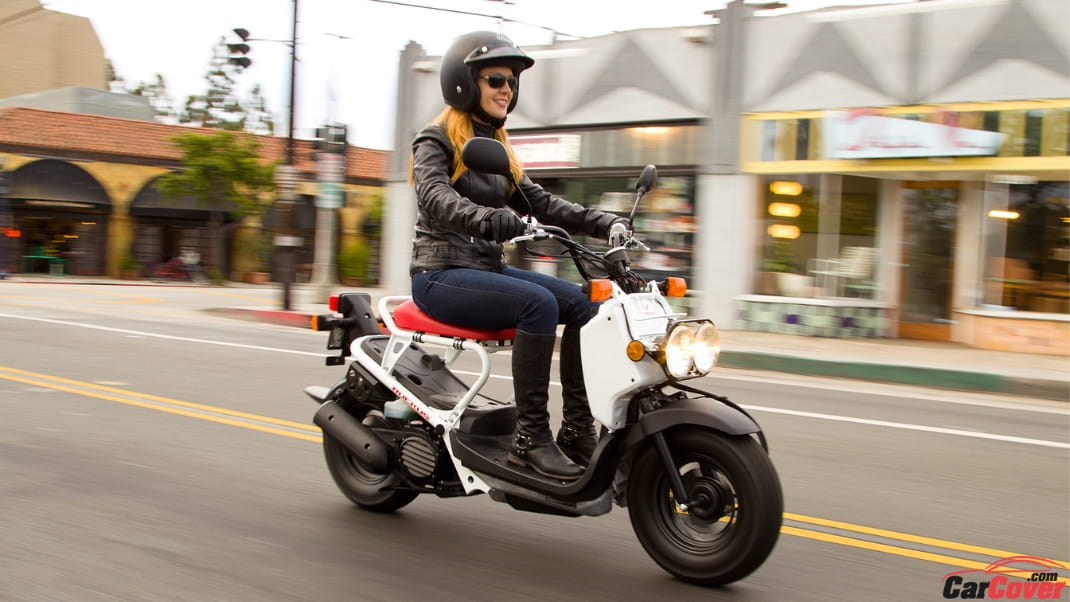

Expense
Other operating expenses are phenomenally lower than auto expenses. Scooters are the distinct winners here. Because of the generally smaller size of their engines (most street size scooters range from 250 - 500L), they get incredibly high gas mileage - some as high as 150 mpg, even as they can travel at highway speeds of 50-60 mph. While most people probably would not recommend traveling on American freeways on a scooter, some people have been known to do so. And, in fact, there are some larger scooters that may facilitate freeway travel, especially between four-thirty and six-thirty in the evening, when freeway speeds average 35 mph. That’s an editorial comment.
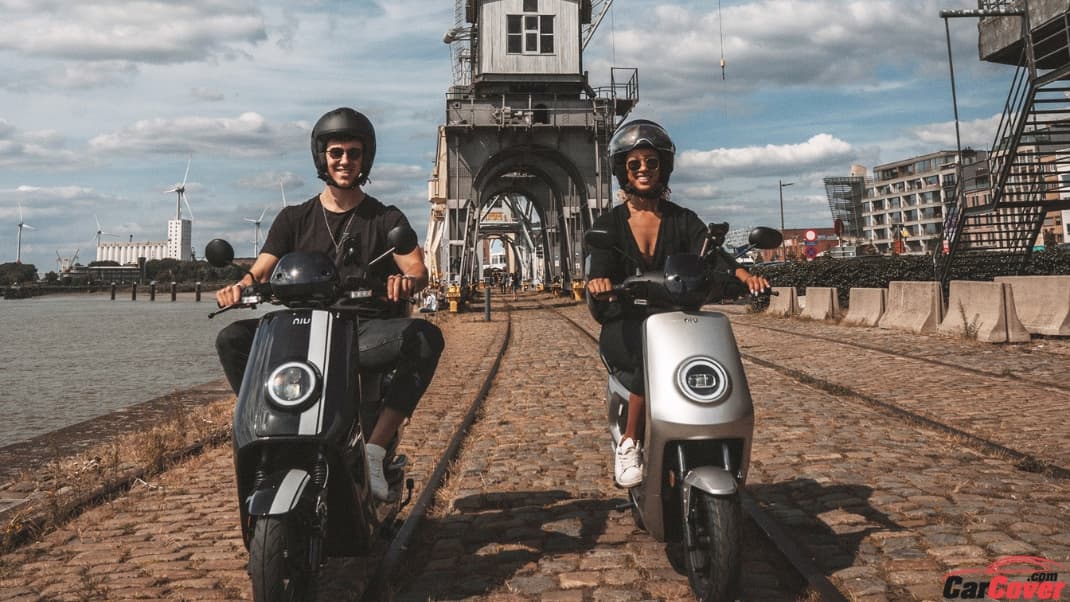

Fuel efficient
Motorcycles, while generally not as fuel efficient as scooters, are far more efficient than their four-wheeled cousins, autos. The smaller ones can approach 100 mpg, but on average they average 50-60 mpg, easily besting automobiles. When you consider the added economy of reduced maintenance, insurance, even storage - the advantage of using a motorcycle for basic transportation becomes evident. And it’s lots easier to take a friend on the back of your bike than on a small scooter.
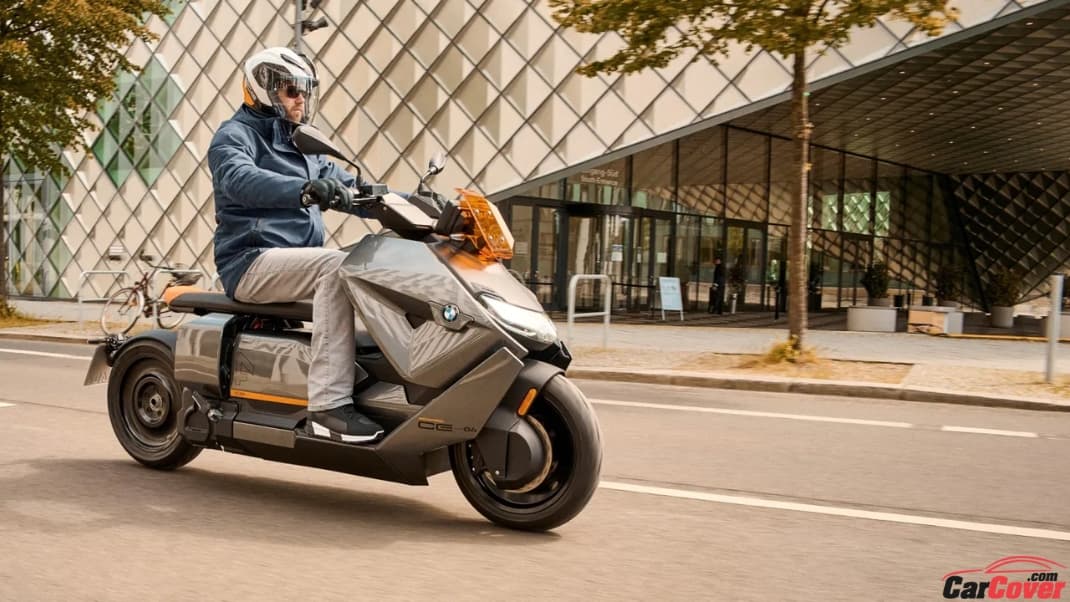

Speed
The other advantage of the bike over the scooter is its greater speed. Depending on the model, a motorcycle can really get up and go - much faster than it’s legally allowed to do. (The fastest motorcycle clocked on a track has been recorded at 249 mph—the Kawasaki Ninja H2R) There are at least ten models that can be legally licensed that can break 150 mph. In the hands of a skillful rider, a motorcycle on the highway is a beautiful thing—if a bit frightening. And it can do that while still getting a whole lot better gas mileage than a car driving at 150 mph! If you care about such things.
Related to Why Cover Your Scooter/Motorcycle?
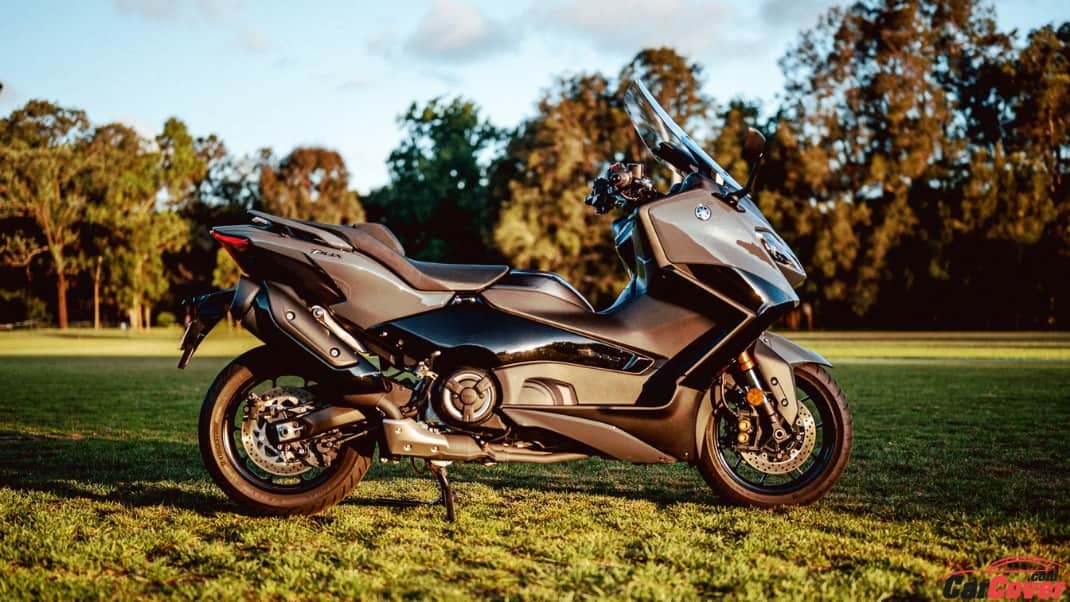

Storage
Now—while we’re discussing motorcycles flying along superhighway - consider where you’re going to put your lunch. Or your motorcycle cover. Or your rain coat. Unlike the scooter, the motorcycle has no storage under the seat. Under the seat is the drive shaft. In front of you is the gas tank. Behind you is the engine. The whole damned thing is a machine. There is no place for anything but an operator perched on top.
Anything else must be attached in separate compartments that you add. Guess what? There are endless varieties of just such things! Saddle bags, other sorts of attachments—you just check out the websites, Amazon, etc –you’re gonna find a way to hang it on your bike, up to and including adding a trailer! A motorcycle can become a veritable traveling recreational vehicle! There are trailers - with beds, even some with - gasp - toilets! These requires rather large motorcycles, of course.
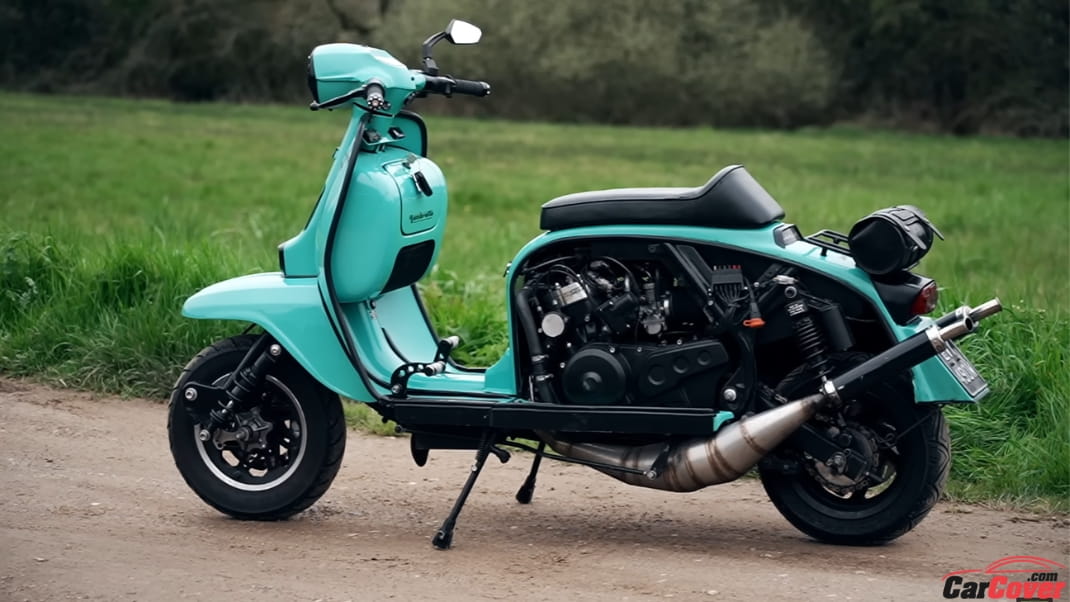

Transportation cost
Motorcycles to get you to work or class or whatever. Let’s talk a little bit about basic cost. Those bikes that go 150 mph? Forget it. A bike that will top out at freeway speeds of 70-75? You can get one new at under $8000, used way less. It won’t break you to insure it. You will have to insure it. You will have to buy a very good helmet. You may need to pay for a good parking space. You must get a good motorcycle cover to use, even if it’s parked in a secure parking space, and always if it’s parked outside.
A very nice 250L scooter runs $2500 - $3000; a 500L - $4000. The longevity of these machines is well-documented. Maintenance is low and fairly easy. The machines are much lighter weight than motorcycles, so they can be managed by smaller people; hence their popularity among women and older people. However, the larger models are suitable for travel on city streets at higher speeds. One of the major advantages is the cargo capacity under the seat - allowing carrying of rain gear, vehicle cover, as well as additional gear. Some of the larger models may allow carrying an additional passenger - this is unusual.
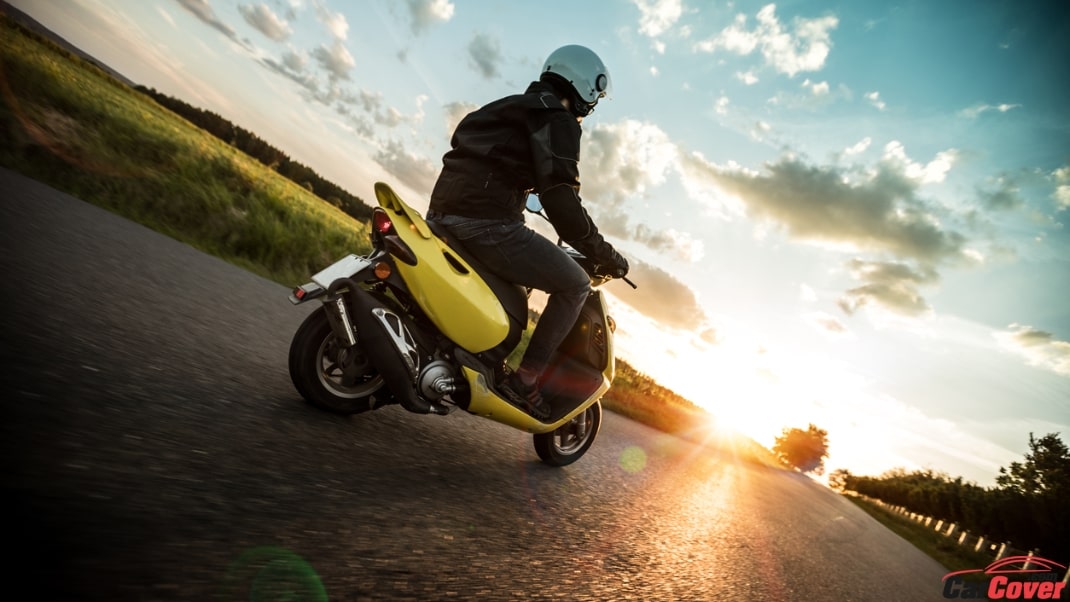

Pros and Cons of Scooter
Pros
- Lower and lighter, easy to climb
- Easy to drive an
- High motility
- Has large storage capacity
- Low price and low operating costs
Cons
- The appearance is not suitable for men
- Lack of stability
- Handling experience is not good enough
- Lack of speed
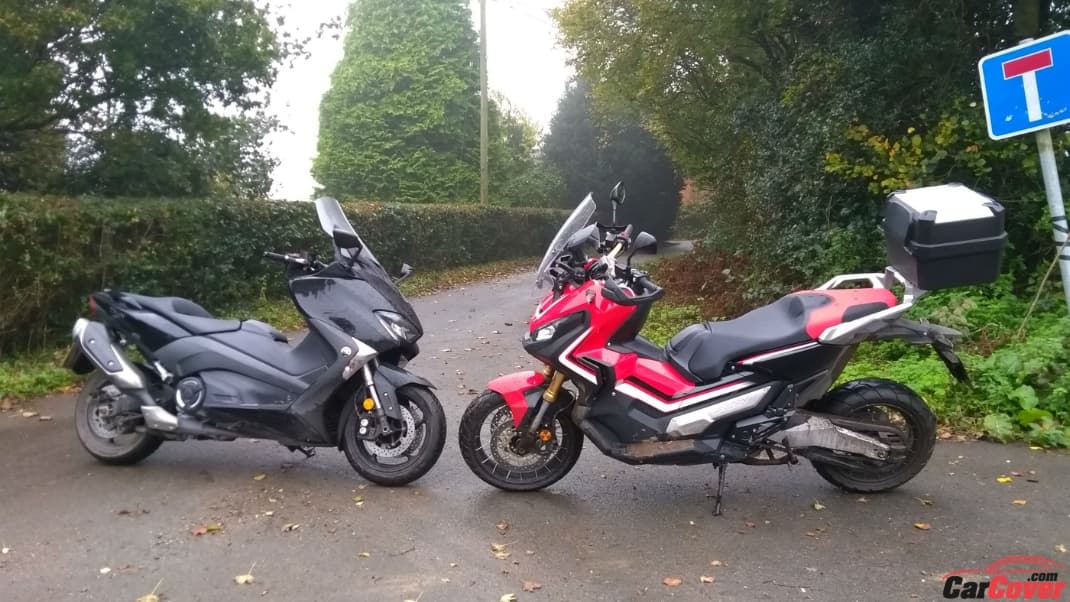

Pros and Cons of Motorcycle
Pros
- High speed
- Suitable for traveling
- Drive as racing
Cons
- More expensive price and operating cost
- Noisy engine sound
- Attract the attention
See also The History of Motorcycles
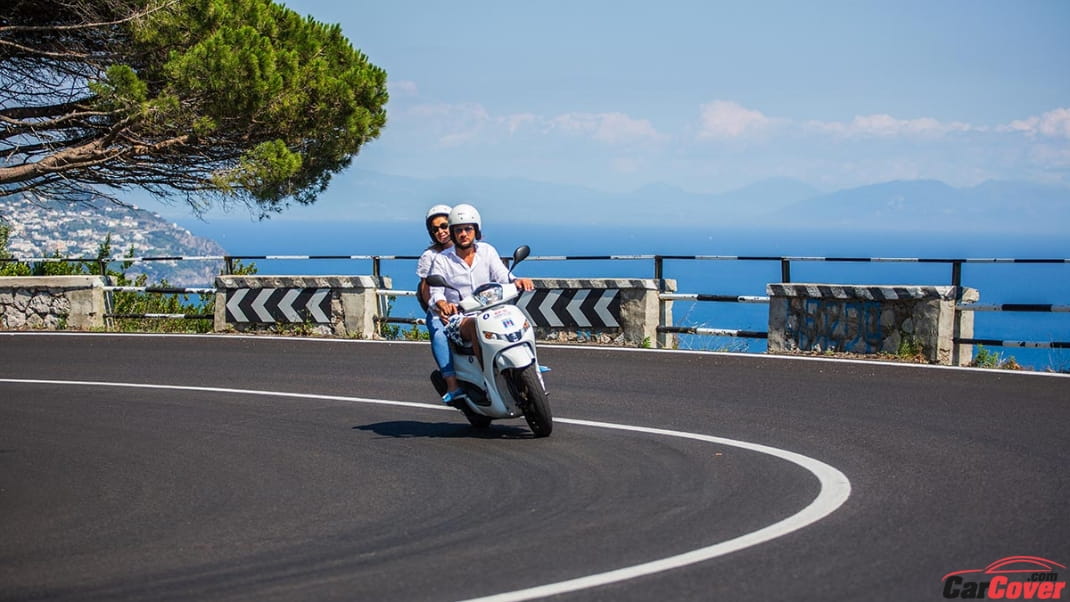

Conclusion
Motorcycle and Scooter are 2-wheeled vehicles that are quite commonly used. They are very convenient and easy to move on the road. However, there are still differences as well as disadvantages that you need to pay attention to. Please consider carefully before making your choice. Don't forget to choose a car cover at our store to protect them from bad weather.



